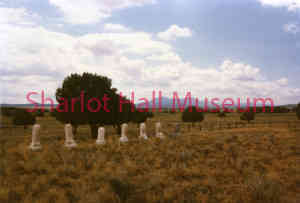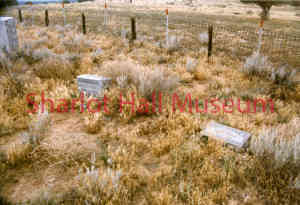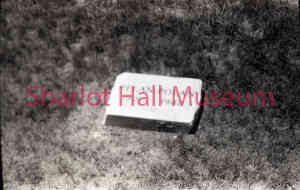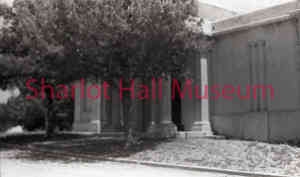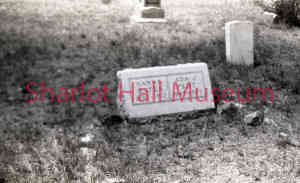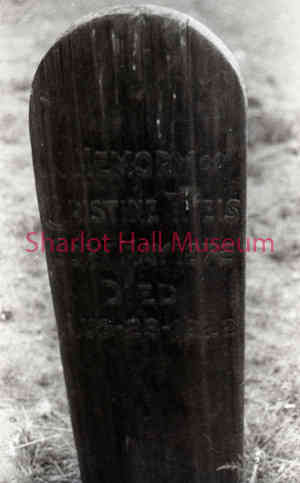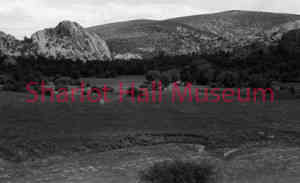Long Meadow Ranch Cemetery
Cemeteries & Graveyards
4X38X8
-
1020-0146-0002
-
1020-0146-0001
Long Meadow Ranch Cemetery
Cemeteries & Graveyards -
1020-0146-0003
Long Meadow Ranch Cemetery
Cemeteries & Graveyards -
1020-0146-0004
Long Meadow Ranch Cemetery
Cemeteries & Graveyards -
1020-0113-0004
Relan Polan Gravestone
Cemeteries & Graveyards -
1020-0113-0005
Jesse Polan Gravestone
Cemeteries & Graveyards -
1020-0113-0009
Mountain View Cemetery Mausoleum
Cemeteries & Graveyards -
1020-0148-0006
Gravestone at Citizens Cemetery
Cemeteries & Graveyards -
1020-0148-0012
Citizens Cemetery
Cemeteries & Graveyards -
1020-0143-0001
Boblett Cemetery
Cemeteries & Graveyards -
1020-0143-0002
Boblett Cemetery
Cemeteries & Graveyards -
1020-0143-0003
Puntenney Cemetery
Cemeteries & Graveyards



